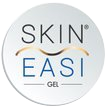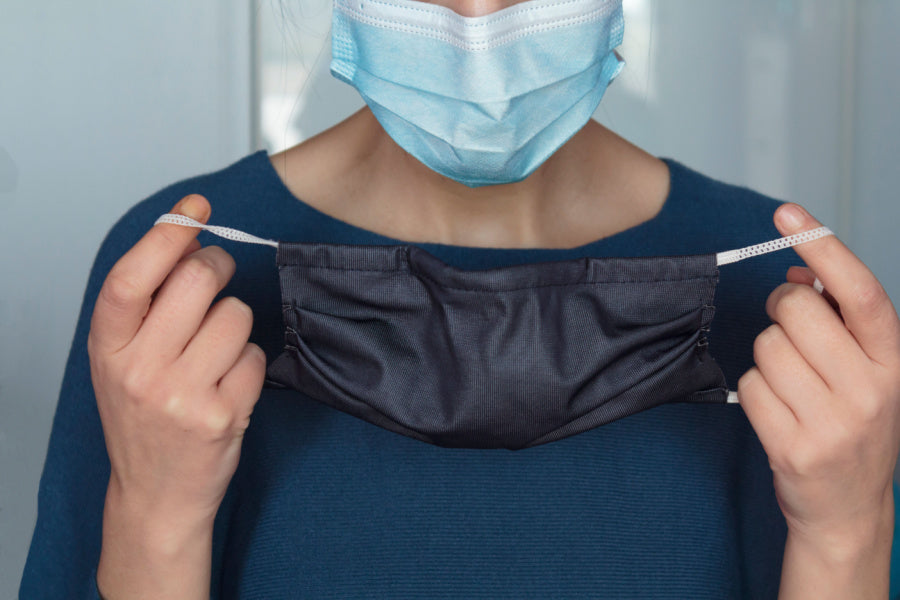Not too long ago, when we stepped out to go about our regular lives, at a time when the coronavirus pandemic had just caught up, the few odd people on the streets wearing face masks attracted a second glance. Is this really that serious? We wondered. Today, masks have become a part of our going out routine. People wearing masks and deserted roads are striking images that will be etched in our minds for years to come when we think about this pandemic.
Added to the never-ending woes of the lockdown, the inconvenience and issues of having to wear a mask are not negligible enough to be ignored. While looking at the humongous struggles of our healthcare workers who are having to wear PPE and masks for insane work hours, the issues faced by us, the common men are not even remotely significant, but can’t be ignored, nevertheless.
What’s the right way to wear a mask?

It is a given that the N95 masks should be reserved for the healthcare workers and the others can use any mask that properly covers our mouth and nose. A properly worn mask should seal the nose and mouth area in such a way that a pressurized area is created with no gaps between the face and mask. The masks should be kept on while we talk, sneeze and also just breathing.
How to choose the right mask?

Surgical masks or medical grade masks can irritate skin simply by being on the skin. The friction caused by the rough texture of the masks, along with the chemicals that they have been treated with prior to use can be huge contributors in irritating skin. This is just the beginning of the problem. The microbes that we breathe out while wearing masks, sits on the surface of the skin rendering it susceptible to infections. Irritated skin becomes an easy breeding ground for microbes.
Non-surgical masks or homemade masks come with their own set of problems. Even with softer textures, they still can cause a lot of dryness around the nose and mouth area. This is primarily due to the fact that cotton or cotton blends used in these masks absorb the natural oils on our skin leading to irritation. Upon washing, these masks can pose further risk with the residues of laundry detergents, softeners on them which lead to clogged pores and contact irritation (contact dermatitis).

The solution lies in choosing a comfortable mask and addressing the issues that you may face with proper treatments or using preventive measures before skin becomes damaged.
The acne-prone skin.
Masks create a pressurized area around the nose and mouth and thus the warm air that we exhale can cause vapours to settle on the skin around there making it sweaty and uncomfortably moist. This becomes a disaster recipe for acne-prone skin leading to terrible breaks-outs.
What can you do?
Acne can be prevented by using zinc creams or barrier gels on the skin prior to mask usage.
The sensitive/dry skin.
People with dry skin or conditions like eczema can develop itchiness and dryness while using masks. The itching can lead to redness and rashes. The absorption of chemical residues from laundry detergents and other cleaning agents only add to this issue.
What can you do?
As soon as you are in the safety of your home, remove the mask and wash your face with a gentle face wash and apply moisturizer. Consider using gels that act as a barrier between the skin and your mask that prevents the issue from cropping up.
Inflamed and bruised skin.

Pre-existing skin conditions like eczema, psoriasis etc can mean that wearing a mask increases the likelihood of a flare-up. The tightness of the mask can cause swelling too. Swollen and irritated skin is a common issue in such a scenario.
Long hours of mask wearing and frequent usage leads to bruising of the surrounding skin.
What can you do?
If swelling is an issue, it can be addressed by using cold compresses. This can be done by dipping clean washcloths in icy cold water, wringing it out and laying it on the skin. This can be repeated as required until the swelling settles.
Bruising can be addressed with calming agents such as aloe gel or barrier gels.
What is your best bargain?

There are solutions like wearing a heavy skin cream or moisturizer prior to mask usage. Although moisturizers are great, they don’t feel comfortable on covered skin. They trap sweat and can lead to discomfort.
It is even touted that wearing makeup can act as a barrier and help in reducing these issues. The caveat here though is the fact that the tight mask on the skin can drive make up into the skin causing easy clogging of pores.
A barrier gel which acts as prevention is your best bet in handling these skin issues. A barrier gel forms a thin invisible film on the skin which dries quickly and thus feels nonexistent and also reduces skin contact with mask to a great degree. These skin rash gels are breathable, non-irritants and goes a long way in prevention of skin issues from cropping up due to mask usage.
While we are living in difficult times, let’s not compromise on anyone’s safety by avoiding masks. Wearing masks is imperative but it need not come at the cost of unhappy skin. Let’s stay healthy and happy.
SkinEasi activ: Skin Protector & Anti-chafing Gel
Maintaining a strong skin barrier is as important as wearing a mask. Do it for your skin! SkinEasi activ, is India's first anti-chafing gel that prevents skin irritation and rashes due to prolonged use of Face Mask and Personal Protective Equipment (PPE).
SkinEasi Second Skin patented technology forms an invisible, breathable, non-staining, non greasy & water repellent film which protects from rash, redness, soreness due to rubbing of skin on skin, skin on clothing or prolonged use of Face mask.





